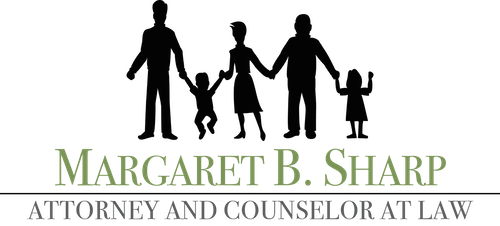LIMITED SCOPE REPRESENTATION
FULL SERVICE REPRESENTATION
NEWSLETTER SIGN UP
NEWSLETTER SIGN UP
Retirement Distributions to Living Trust
The rules for retirement plan distributions are highly complex. They vary widely depending on the specific circumstances and kind of retirement plan held by the participant and therefore cannot be fully addressed here. My purpose in writing is to draw your attention to some of the issues of concern in this area so that you can speak specifically and directly with your estate planning attorney, accountant, and retirement plan advisor to coordinate an appropriate solution for your particular situation. It is important to properly provide for retirement plan distributions in your estate planning documents.
INDIVIDUALS AS DESIGNATED BENEFICIARIES
The primary beneficiary of an IRA or retirement plan is usually a spouse, if there is one, and then children or other relatives. One benefit of naming living persons as designated beneficiaries is that they can inherit the IRA and stretch-out the tax deferral on the principal over the beneficiary’s actuarial lifetime. If there are multiple beneficiaries, the oldest beneficiary’s life is the one used for calculating the stretch-out payments.
If there is no designated beneficiary, and the participant dies before the required beginning date of the IRA, then the entire IRA must be distributed within five (5) years from the participant’s date of death. If the participant had already begun to take distributions, then the IRA must be paid out over the participant’s life expectancy. Such distributions are treated as income for the year of distribution which may result in a large income tax liability.
TRUSTS AS DESIGNATED BENEFICIARIES
Only living (and breathing) individuals are recognized as “designated beneficiaries” under the MRD (Minimum Required Distribution) Rules. Since trusts are not living and breathing, they are excluded as designated beneficiaries unless the following requirements are met:
(1) the Trust is valid under state law;
(2) the Trust is irrevocable or, by its terms, becomes irrevocable on the IRA participant’s death, and
(3) the beneficiaries are identifiable from the trust document (and determined by September 30 th of the year following the participant’s death).
The Trustee must give the custodian or plan administrator a copy of the trust document by October 31 st
of the year following the participant’s death.
The post Retirement Distributions to Living Trust appeared first on Sharp Estate Planning.

